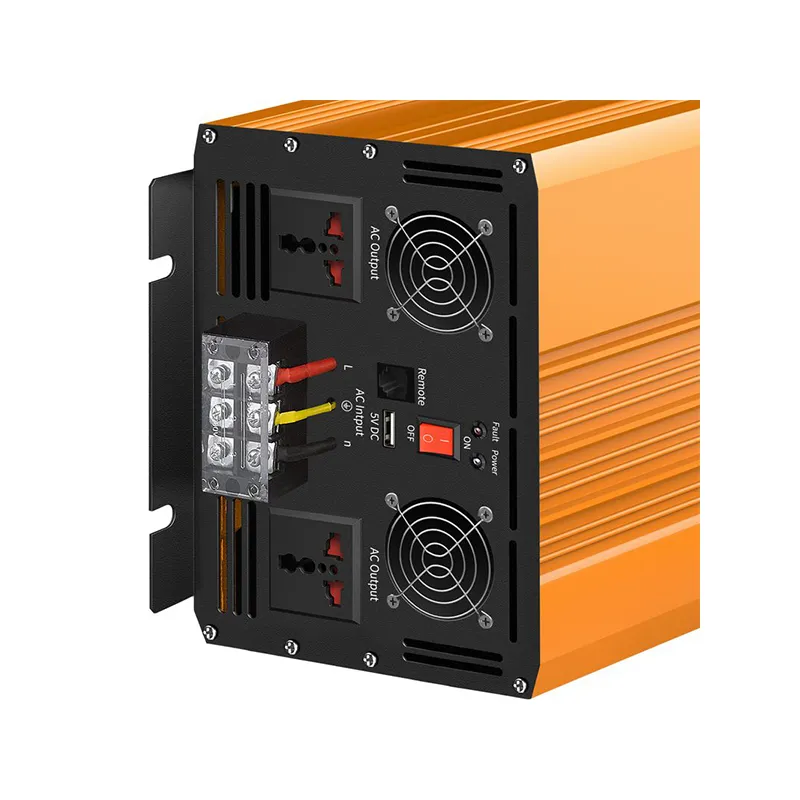Understanding the Optimal Size for Your Solar Panel System Installation
Understanding Solar Panel System Size
As the world shifts towards renewable energy, solar power remains one of the most accessible and promising options for homeowners and businesses alike. A crucial aspect of harnessing solar energy efficiently is understanding the solar panel system size that best fits your needs. This article explores what solar panel system size entails, how to determine the right size for your situation, and the factors that influence your decision.
What is Solar Panel System Size?
The solar panel system size refers to the total capacity of the solar panels installed, typically measured in kilowatts (kW). This capacity indicates the maximum power that the system can generate under optimal conditions. A larger system size will generate more electricity, but it also requires a higher initial investment. Therefore, selecting the right size is essential for maximizing both energy production and cost efficiency.
Factors Influencing the Right Solar Panel System Size
1. Energy Consumption The first step in determining the appropriate solar panel system size is to assess your energy consumption. This can usually be found on your electricity bill, which shows how much energy (in kilowatt-hours, kWh) you use each month. Understanding your energy needs allows you to size your solar system accordingly to cover a substantial portion, if not all, of your energy usage.
solar panel system size

2. Available Space The amount of space available for installing solar panels significantly impacts the system size. Residential rooftops vary in size, orientation, and shading, which can affect how many panels can be installed. If you have a larger area, you can accommodate a bigger system that can produce more energy.
3. Local Climate The geographical location and local weather conditions also play a critical role in solar panel performance. Regions with more sunshine hours will generally require fewer panels to meet energy needs compared to areas with frequent cloud cover. Thus, understanding your local solar potential can help in determining the right system size.
4. Inverter Capacity The inverter is a critical component that converts the DC electricity generated by the panels into AC electricity for home use. The capacity of the inverter should match the power output of your solar panel system. It’s crucial to ensure that the inverter can handle the maximum output of your solar panels without being overloaded.
5. Future Needs When sizing your solar panel system, it’s also wise to consider potential changes in your energy consumption. For example, if you plan to add an electric vehicle charging station, increase your home’s energy efficiency, or install additional electrical appliances, you may need to increase the size of your solar system to accommodate increased energy demands.
Conclusion
Choosing the correct solar panel system size is essential for maximizing energy production and ensuring a reasonable return on investment. By evaluating your energy consumption, available space, local climate, inverter capacity, and future energy needs, you can make informed decisions about your solar installation. Proper sizing not only optimizes performance but also provides peace of mind, knowing that your solar energy system will meet your energy demands efficiently. With careful planning and consideration, solar energy can significantly contribute to a sustainable future while offering personal and environmental benefits.
-
String Solar Inverter: The High-Efficiency Solution for Smart Solar EnergyNewsJul.14,2025
-
Revolutionizing Rooftop Energy with the Power of the Micro Solar InverterNewsJul.14,2025
-
Power Independence with Smart Off Grid Solar Inverter SolutionsNewsJul.14,2025
-
On Grid Solar Inverter: Powering the Future with Smart Grid IntegrationNewsJul.14,2025
-
Monocrystalline Solar Panels: High-Efficiency Power for the Future of Clean EnergyNewsJul.14,2025
-
Bifacial Solar Panel: A Smarter Investment for Next-Generation Energy SystemsNewsJul.14,2025







